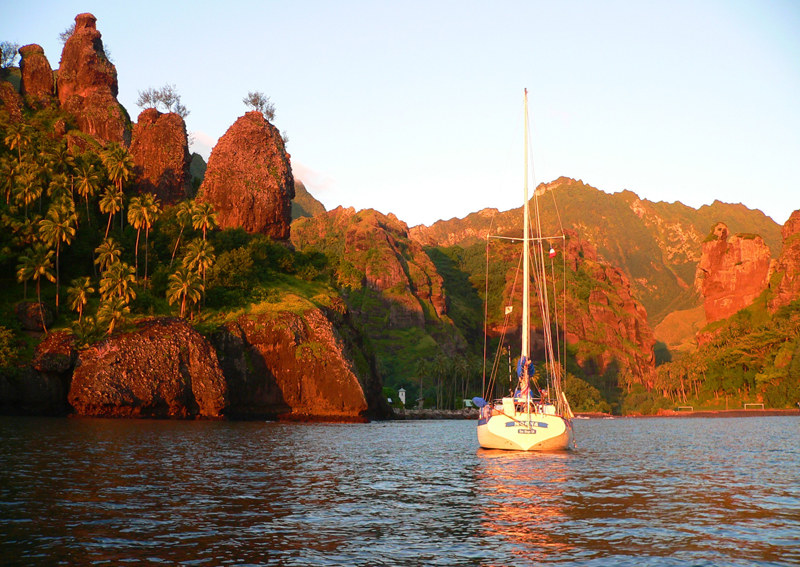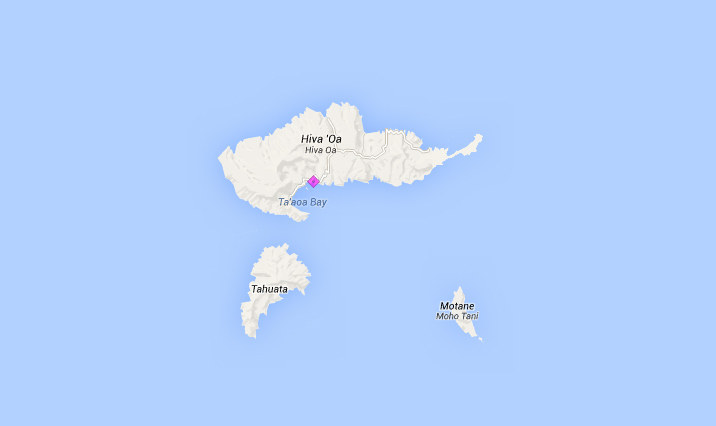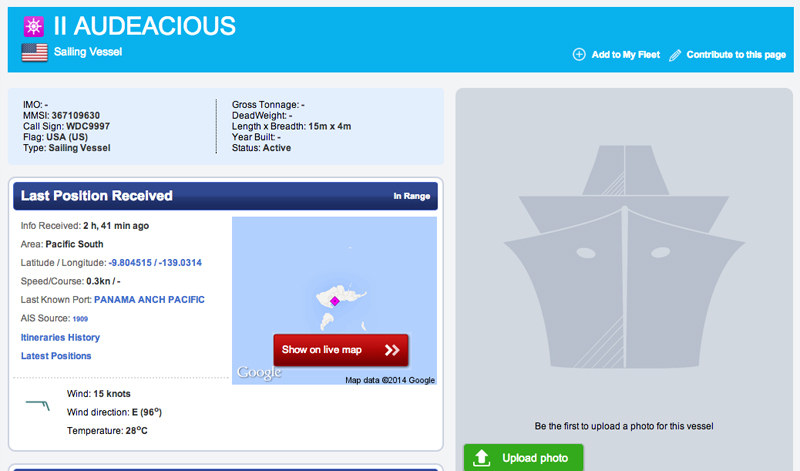
Shoreside AIS Enhances Safety

When you make the 3,000-mile crossing from the West Coast of the Americas to French Polynesia, you’re really on your own. Even though sailors whom we call Pacific Puddle Jumpers often participate in daily radio nets, and many use services that ‘ping’ their lat-long location daily, the need for complete self-sufficiency — especially in the middle stretches of the crossing — is very real.
Just last week nervous family members of a Puddle Jumper sought our help in assessing his situation, after his daily satphone calls suddenly ceased. We’re happy to report that that episode had a happy ending. But it illustrated just how hard it would be to locate and assist such a vessel — which was well over 1,000 miles offshore — in a dire emergency.

©2014 Latitude 38 Media, LLC
Whenever offshore emergencies occur, rescue authorities in French Polynesia, the US, New Zealand, Australia and elsewhere always make outstanding efforts to assist vessels in distress. And, thankfully, modern technology is making their jobs a wee bit easier. Today, they are able to access the last-known position of many vessels via tracking tools and software (Spot, SailMail, Winlink, etc.), and they have the authority to divert commercial ship traffic to assist via the Automated Mutual-Assistance Vessel Rescue System (AMVER).
Local authorities and NGOs are also taking whatever creative steps they can to enhance vessel security and safety. A case in point is the recent installation of five AIS receivers in key locations in French Polynesia to help sailors and resources in SAR (search and rescue) operations. The work was done by the FEPSM (Fédération d’Entraide Polynésienne de Sauvetage en Mer).

©2014 Latitude 38 Media, LLC
The organization’s president, Marc Dalla Pozza, wrote us to explain, "FEPSM is a non-governmental organization that has only one mission: the safety of life at sea in French Polynesia." He informed us that the latest installation has just been completed in Hiva Oa, the easternmost of two ports of entry in the Marquesas — a typical first stop for Puddle Jumpers. "We can now see skippers arrive on the website: www.marinetraffic.com," Marc explains. (Anyone can check it out.)
